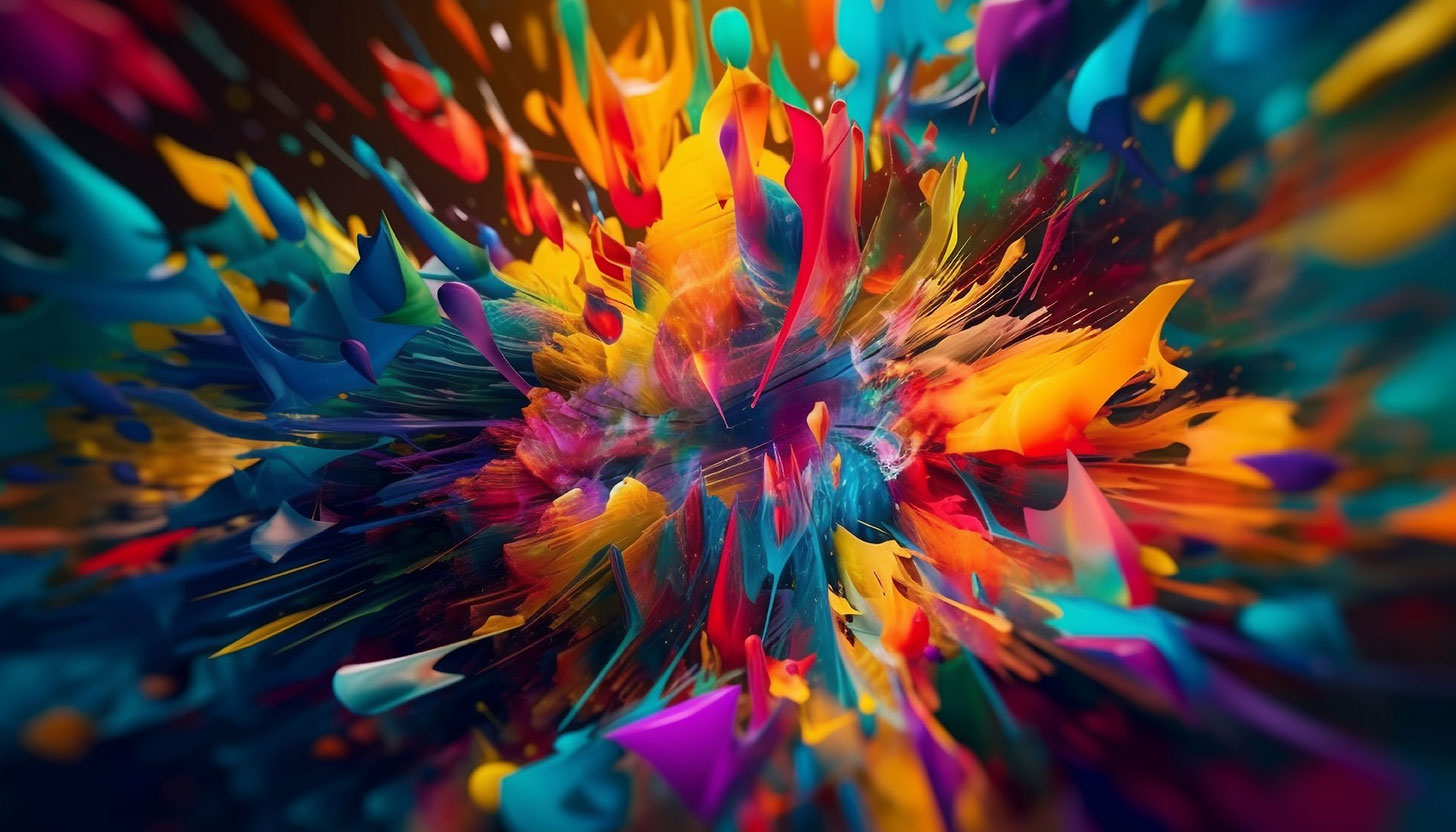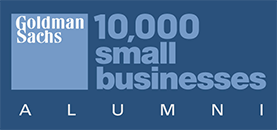The allure of color in web design goes far beyond mere decoration. It’s a pivotal element that can dramatically influence visitor behavior and conversion rates. At ABC Web Service, we’re no strangers to the powerful effect colors can have on a website’s success. Day in and day out, we witness how strategic color choices can transform user experience and engagement.
But what makes color so crucial in the digital domain, and how can you harness its potential to boost your online presence? It’s not just about picking your favorite shades or adhering to the latest design trends. The real magic lies in understanding the psychology behind color choices and how they can align with your brand’s message to elicit the desired response from your audience.
In this blog, we’re peeling back the layers to reveal the secrets of color psychology in web design. Whether you’re aiming to refresh your site’s look, enhance user experience, or increase conversion rates, understanding the psychological impact of your color palette is critical. Let’s explore how the right color selection can capture attention and drive action, turning visitors into customers.
The Basics of Color Psychology
Color psychology is the science and art of using color to influence human behavior and decision-making. In the digital marketing arena, it’s the strategic implementation of this knowledge to engage users, create brand identity, and ultimately guide visitors toward making a conversion—whether that’s a sale, a sign-up, or any other action.
Think about the calmness that a cool blue can instill. Financial institutions often use this color to radiate trust and stability. Or consider the youthful vigor that a bright yellow exudes. This color is perfect for brands wanting to project energy and optimism. It’s no accident that call-to-action buttons are frequently red, leveraging the color’s association with urgency and excitement to encourage clicks.
But the effects of color go deeper than just warm versus cool tones. They can trigger specific emotions and actions:
- Blue is for trust and security, often seen in banking and social media.
- Green for growth and health, a staple for environmental and wellness brands.
- Yellow is for happiness and attention-grabbing, and it is excellent for children’s products and clearance sales.
- Orange is for enthusiasm and affordability and is frequently used in calls to action.
- Red for energy and passion, perfect for creating a sense of urgency.
- Purple is for luxury and spirituality and is chosen by premium and self-care brands.
Your brand’s color palette is as crucial as the product you sell. A well-chosen set of colors can enhance user experience, improve brand recognition, and significantly influence consumer behavior. But harnessing the power of colors isn’t just about personal preference.
It’s about understanding the psychology behind each hue and applying this knowledge to communicate the right message to the right audience at the right time.
So, what does this have to do with your website?
Colors and conversions are critical to your growth. Let’s find out how to use them to your advantage and boost your conversions.
What To Consider When Choosing Your Website Colors?
Target Audience
Choosing the right colors for your website isn’t just about aesthetic appeal—it’s about connecting with your visitors. Start by digging deep into your audience. Your visitors’ age, gender, and cultural backgrounds can guide your design choices, ensuring that every hue resonates with the people you want to reach.
Utilize tools like Google Analytics to dissect your site’s demographic data, aligning your color scheme with the preferences and expectations of your most frequent visitors.
What Products & Services You Offer
Consider the nature of your products or services. For instance, eco-friendly businesses often use shades of green to invoke thoughts of nature and sustainability, creating an instant visual link between what they offer and who they are.
Branding
And let’s not forget personal branding. The colors you select should mirror the essence of your brand’s identity. Consistent use of brand colors across all platforms enhances recognition and conveys a sense of professionalism.
Selecting the perfect palette goes beyond personal preference. It’s a strategic step towards bridging the gap between your brand and your audience, ensuring your website doesn’t just attract eyes but holds attention and inspires action.
Colors That Boost Conversions
Navigating the palette of your website is all about strategy. Here are colors that not only please the eye but also boost conversions, each with its own, unique psychological impact:
Harnessing the right colors on your website can turn browsers into buyers:
- Red: Power and urgency, ideal for call-to-actions and sales.
- Blue: Trust and professionalism, perfect for corporate sites.
- Pink: Appeals to a young female demographic.
- Yellow: Confidence and attention-grabbing, good for highlighting key areas.
- Green: Associated with growth and comfort, suggesting prosperity.
- Purple & Black: Drama and sophistication, lending an air of elegance.
- Gold: Conveys luxury and exclusivity.
- Orange: Energetic, often used for promotions and to create urgency.
- Brown: Earthy can be comforting, guiding users subtly to act.
Bright colors like yellow, orange, red, and green are especially effective for standout call-to-action buttons, increasing the likelihood of conversion.
How to Add Color Psychology To Your Site
Embracing color psychology in web design isn’t just about picking shades that look good; it’s about choosing a palette that works hard for your brand. Here are some best practices:
- Align colors with your brand identity for a cohesive image.
- Utilize color contrasts to improve legibility and highlight critical actions.
- Use tools like Adobe’s Color Wheel or Paletton to experiment with color harmony.
- Employ A/B testing to see which colors resonate best with your audience.
By applying these strategies, you can ensure that your website’s colors are beautiful and psychologically potent, driving engagement and conversions.
Final Thoughts
Choosing the right colors for your website goes beyond looking good—it’s about making strategic decisions that can influence user behavior and conversion rates. As you consider incorporating color psychology into your design, remember to stay current with trends, understand your audience’s preferences, and be willing to adapt and evolve your palette to keep your content fresh and engaging.
If you’re looking to refine your website’s color strategy, ABC Web Service is here to guide you. We specialize in creating visually appealing designs that perform, so we’re ready to help you cultivate a site that not only looks great but also connects with your visitors on a psychological level. Let’s work together to craft a color experience that brings your brand’s personality to life and encourages your visitors to take action.










